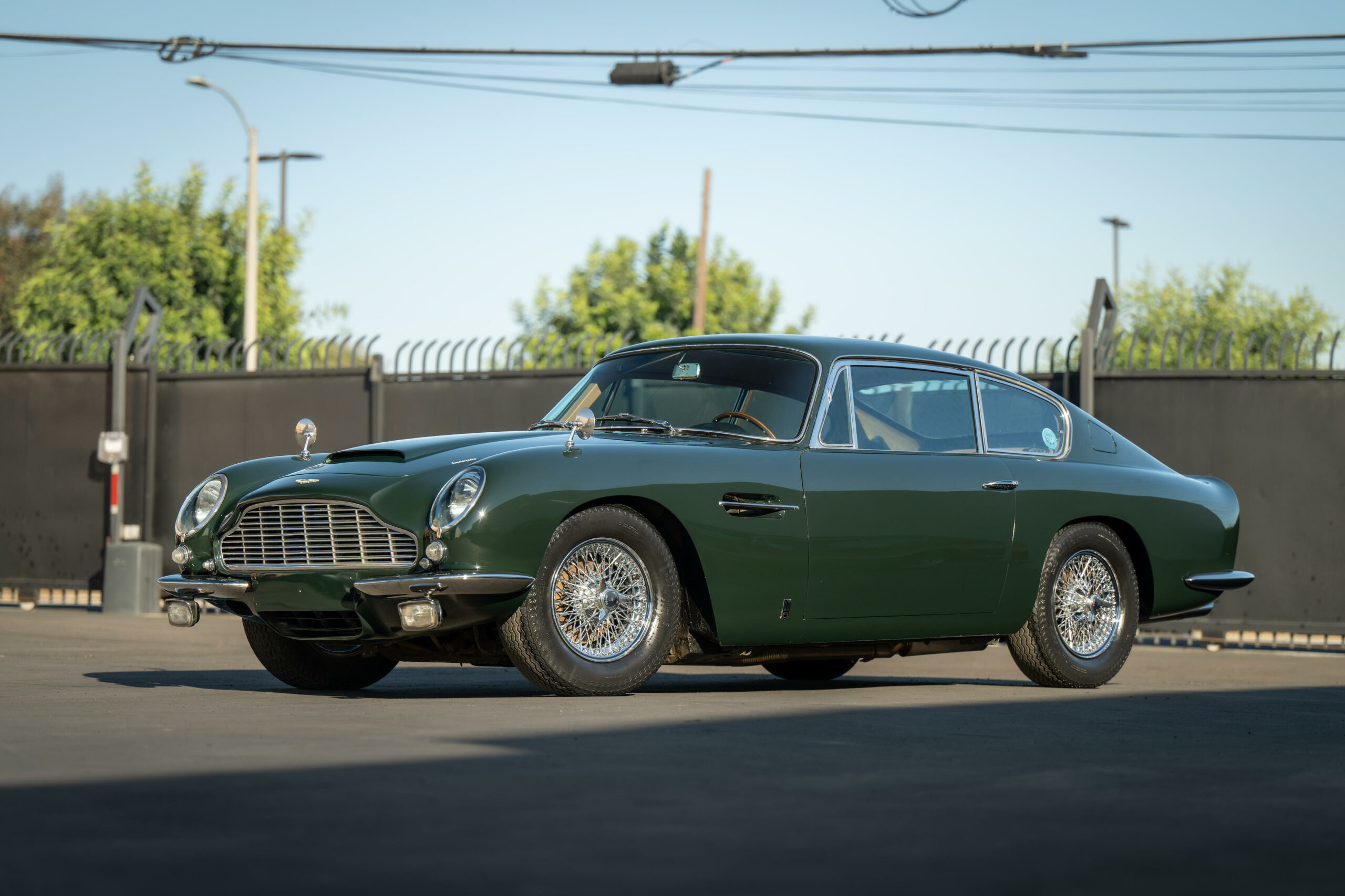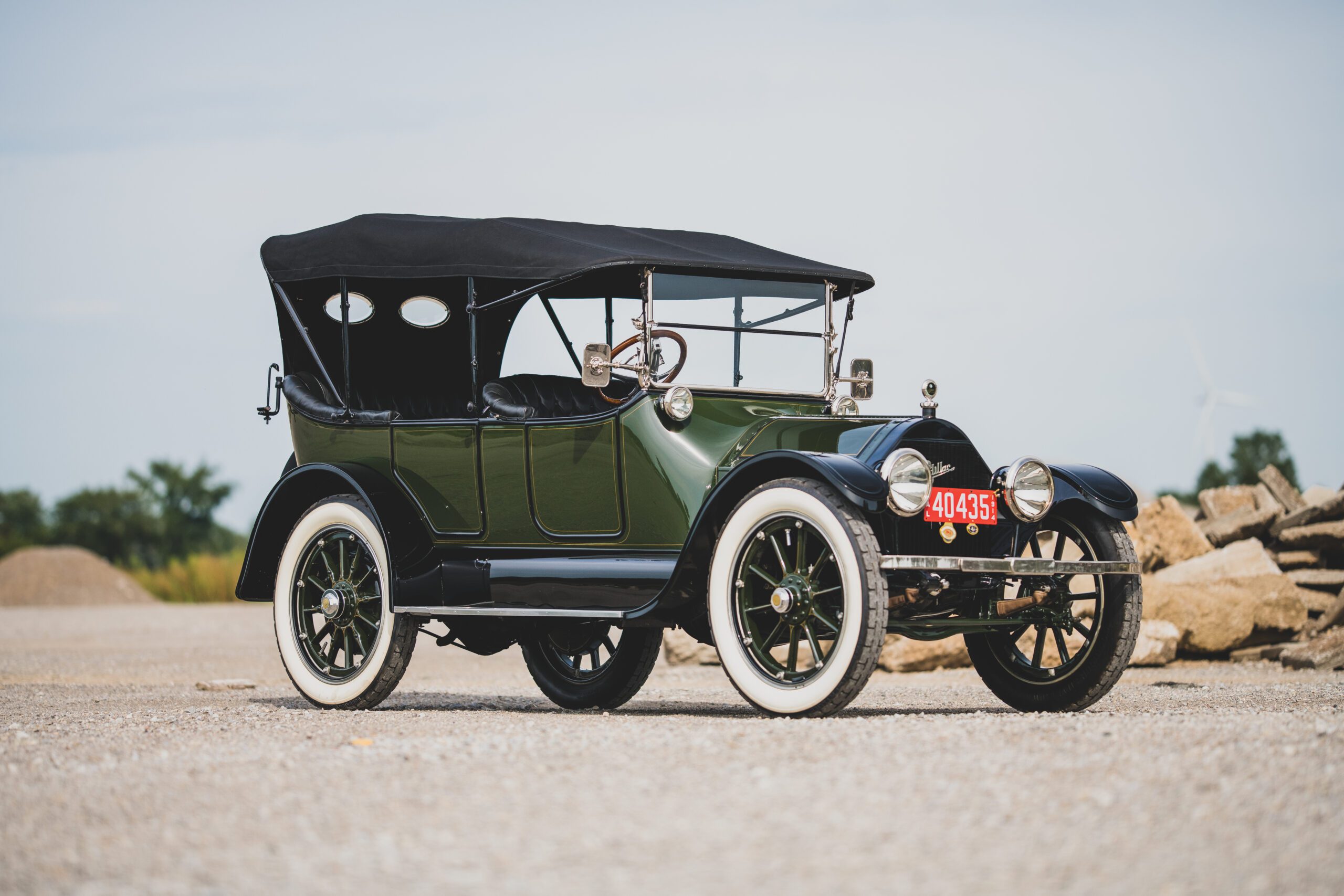Categories
- 1910s
- 1920s
- 1930s
- 1940s
- 1950s
- 1960s
- 1970s
- 1980s
- 1990s
- 2000s
- AMC
- Aston Martin
- Autobianchi
- Bentley
- BMW
- Bristol
- Buick
- Cadillac
- Chevy
- Chrysler
- Citroen
- Classic Cars
- Classic Hot Rods
- Classic Muscle Cars
- Classic Sports Cars
- Cunningham
- Davis
- Duesenberg
- Edsel
- Facel Vega
- Ferrari
- Fiat
- Ford
- Ghia
- Hillman
- Hudson
- Jaguar
- Kaiser
- Lamborghini
- Luxury Car
- Maserati
- Mercedes-Benz
- Moretti
- Packard
- Panhard
- Plymouth
- Porsche
- Reliant
- Rolls-Royce
- Studebaker
- Toyota
- Uncategorized
- Vespa
- Volvo
- Wolseley
The history of Cadillac is a story of innovation, luxury, and American automotive excellence. Founded in 1902, Cadillac is one of the oldest and most prestigious automobile brands in the United States, known for its commitment to producing high-quality vehicles that combine performance and sophistication.
The company was established by Henry Leland, a mechanical engineer who had previously worked in the precision machining industry. Leland’s reputation for precision engineering and attention to detail became hallmarks of the Cadillac brand. In fact, Cadillac was one of the first automakers to use interchangeable parts and mass production techniques, setting new standards for quality and manufacturing efficiency.
In 1903, Cadillac introduced its first car, the Cadillac Model A. This vehicle was notable for its innovative features, including an electric starter, which was a pioneering development that eliminated the need for hand-cranking the engine. The electric starter was a major advancement in automotive safety and convenience.
Cadillac’s early success was also driven by its strong performance in racing competitions. In 1909, Cadillac won the prestigious Dewar Trophy for its groundbreaking demonstration of interchangeability, solidifying its reputation for precision engineering.
In the 1920s and 1930s, Cadillac became synonymous with luxury and elegance. The Cadillac V16, introduced in 1930, was a masterpiece of automotive design and craftsmanship, featuring a 16-cylinder engine and extravagant styling. Cadillac’s reputation as “The Standard of the World” was born during this era.
Throughout the 20th century, Cadillac continued to innovate with advancements like the introduction of the automatic transmission, air conditioning, and power steering. The brand was also known for its impressive V8 engines, which provided the power and performance that luxury car buyers desired.
In the 1950s and 1960s, Cadillac embraced tailfin designs and introduced iconic models like the Cadillac Eldorado and the Cadillac Coupe de Ville. These cars were celebrated for their style and represented the pinnacle of American luxury.
The 1980s and 1990s saw Cadillac adapting to changing market preferences by introducing front-wheel drive models like the Cadillac DeVille and the Cadillac Seville. Cadillac also continued to innovate with features like anti-lock brakes and airbags.
In the 21st century, Cadillac shifted its focus toward performance and modern design, introducing the Cadillac CTS and the Cadillac ATS, which aimed to compete with European luxury brands in terms of handling and dynamics.
Cadillac has also been a pioneer in electric vehicle (EV) technology, launching the Cadillac ELR plug-in hybrid and, more recently, the Cadillac Lyriq, an all-electric luxury SUV that represents the brand’s commitment to EVs and sustainable mobility.
Today, Cadillac continues to produce a range of luxurious and high-performance vehicles, including SUVs like the Cadillac Escalade and the Cadillac XT6. The brand’s “Art and Science” design philosophy combines bold styling with advanced technology and engineering.
Cadillac’s legacy is characterized by its dedication to setting new standards in automotive engineering, luxury, and innovation. The brand remains an enduring symbol of American craftsmanship and automotive excellence, offering a blend of heritage and modernity that continues to captivate discerning customers around the world.






